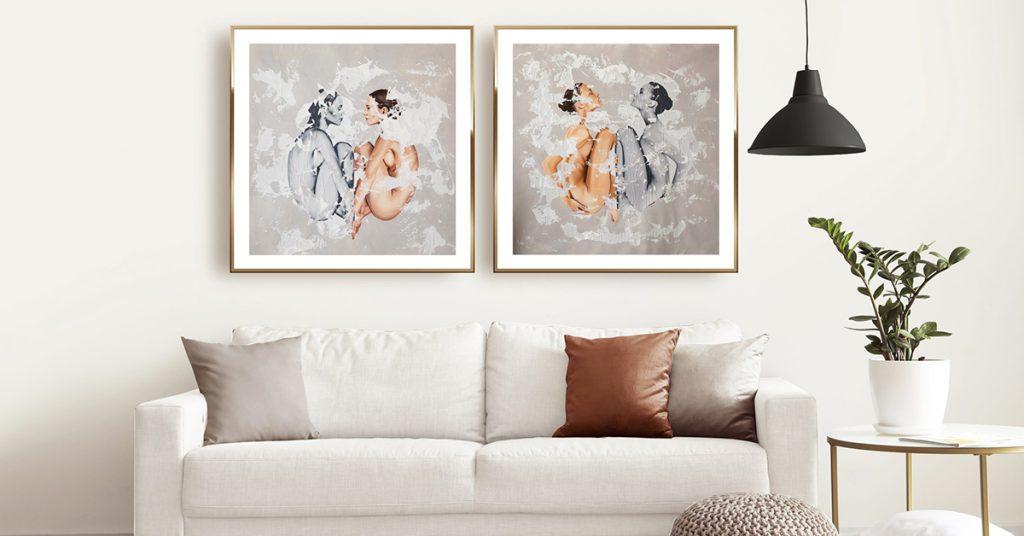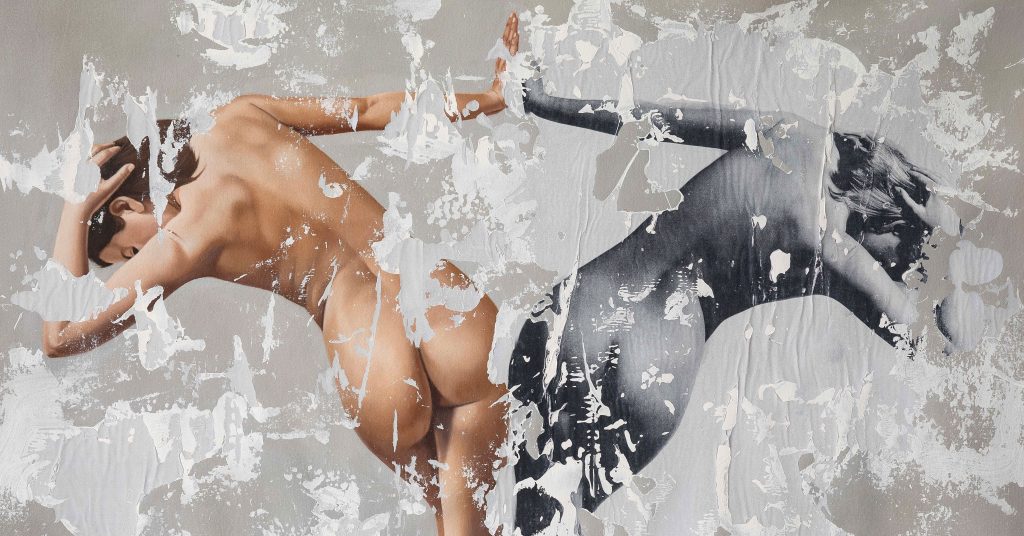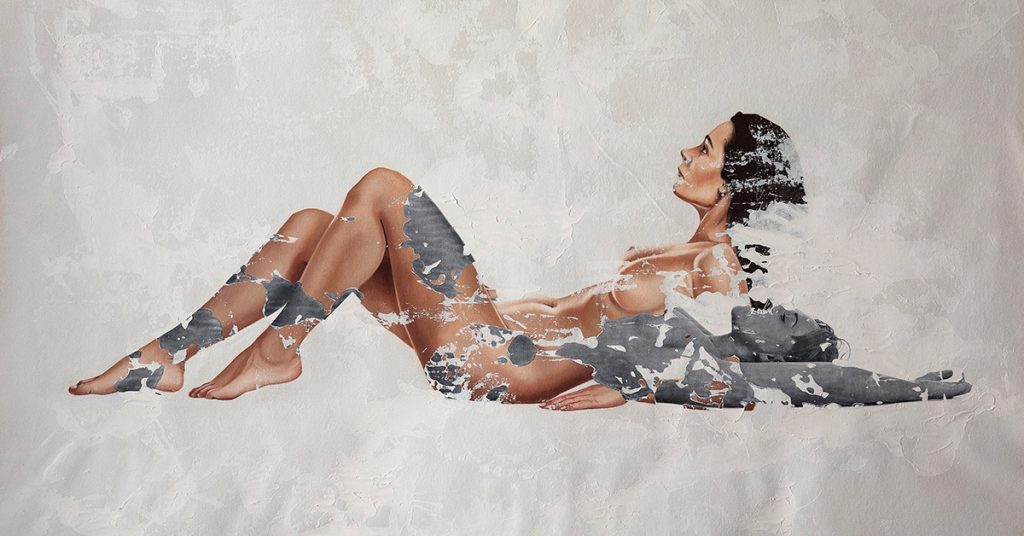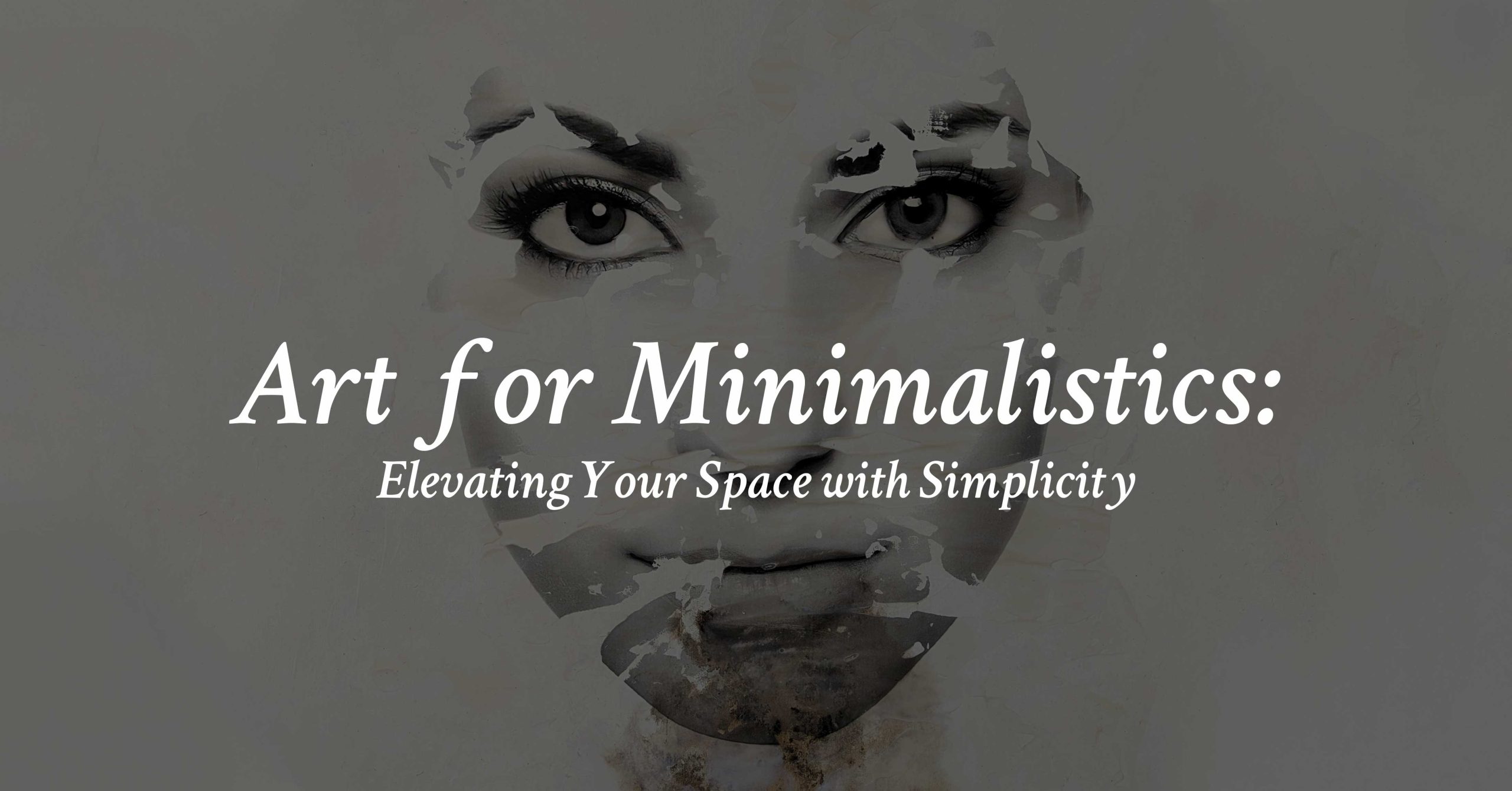
- Introduction
- Unveiling the Characteristics of Minimalist Art Pieces
- Building a Minimalist Art Collection: Curating with Intention
- Preserving and Showcasing Your Collection
- Connecting with the Minimalist Art Community
- Types of Minimalist Art: A Spectrum of Artistic Expressions
- Selecting Minimalist Art for Your Home: Harmonizing with Your Interior
- Embracing Minimalism in Everyday Life: A Holistic Approach
- Conclusion
- FAQ
Introduction
In the realm of art, minimalism stands as a beacon of simplicity, elegance, and understated brilliance, offering art for minimalistics that resonates with those who appreciate the power of restraint and the ability to convey profound emotions through pared-down forms and muted colors. For those who embrace the minimalist aesthetic in their homes and lifestyles, minimalist art serves as a natural extension of their philosophy, adding depth and visual harmony to their living spaces.
Unveiling the Characteristics of Minimalist Art Pieces
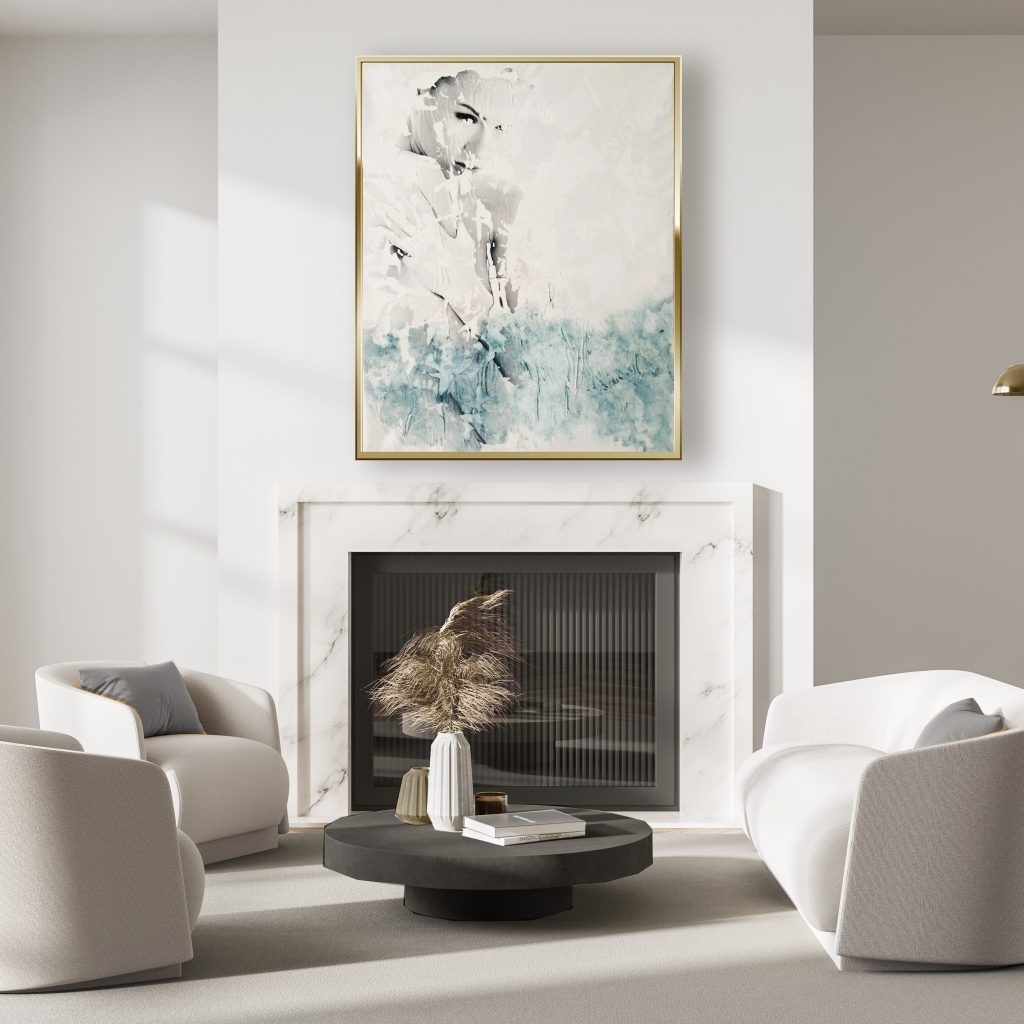

Minimalist art manifests in various forms, each contributing to its unique aesthetic and emotional impact. Here are some of its defining characteristics:
Simplicity in Form: Clean lines, geometric arrangements, and monochromatic themes are prevalent in minimalist art, emphasizing the purity of form and the interplay between negative and positive space.
Embracing Negative Space: Negative space is not merely empty space; it’s a crucial element that creates balance, depth, and tension within the composition. It allows the viewer’s eye to navigate the artwork, drawing attention to the essential elements and the interplay between form and void.
The Power of Limited Colors: Minimalist artists often employ a restricted color palette, allowing the chosen hues to stand out and evoke emotions with greater intensity. This approach emphasizes the emotional impact of color, allowing each hue to carry more weight and resonate with the viewer.
Building a Minimalist Art Collection: Curating with Intention
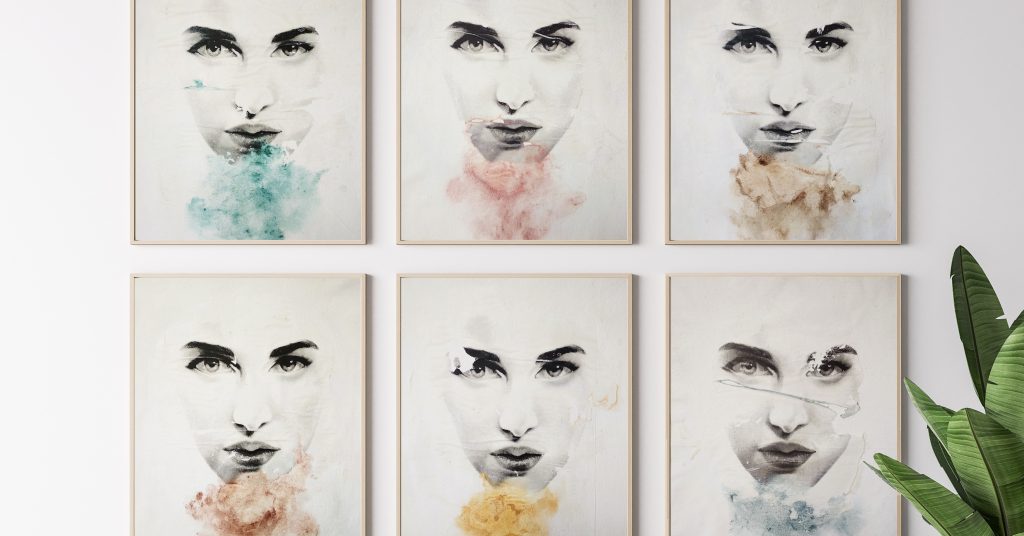

Acquiring a minimalist art collection requires a thoughtful approach, one that aligns with your personal aesthetics and the overall style of your home. Here are some key considerations when building your collection:
Evaluating Your Existing Collection: Start by assessing your existing art collection, identifying pieces that embody minimalist principles, such as clean lines, geometric forms, and restrained color palettes.
Identifying Gaps and Setting Goals: Determine the specific styles, mediums, and artists that resonate with your minimalist sensibility. Set clear goals for your collection, considering the overall aesthetic you want to achieve.
Strategies for Acquisition: Explore various avenues to acquire minimalist art, including online platforms, galleries, and emerging artist studios. Attend art exhibitions and fairs to discover new talent and expand your horizons.
Preserving and Showcasing Your Collection
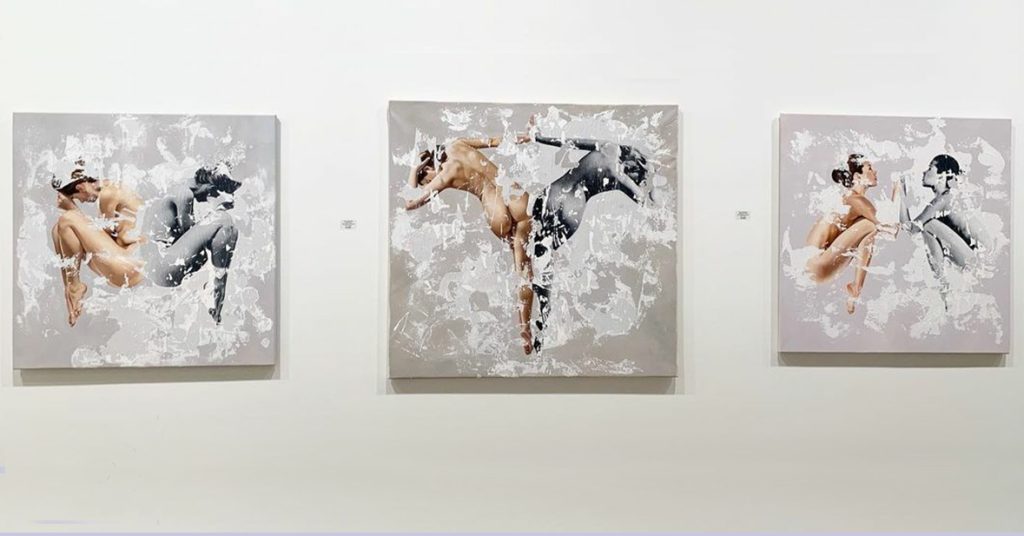

Once you’ve curated your minimalist art collection, proper care and presentation are essential to maintain its integrity and enhance its visual impact. Here are some tips for preserving and showcasing your collection:
Proper Framing and Presentation: Choose high-quality frames that complement the artwork’s style and color palette. Consider matted framing to enhance the artwork’s presence and accentuate the negative space.
Maintaining Cohesiveness: Display your minimalist art in a way that creates a unified and harmonious aesthetic. Consider grouping pieces by color, style, or theme to create a visually appealing arrangement.
Preserving the Essence of Minimalism: Protect your artwork from harmful factors such as direct sunlight, extreme humidity or temperature fluctuations, and excessive dust. Proper care will ensure the longevity and beauty of your collection.
Click here to lern everything you need to enhance your knowledge to care of your art collection including presevation and mantenance tips to safeguard the longevity of your valuable pieces.
Connecting with the Minimalist Art Community
Engaging with the minimalist art community offers a wealth of opportunities to learn, share ideas, and stay updated on the latest trends. Here are some ways to connect:
Networking with Fellow Collectors: Join online forums, attend art events, and connect with other minimalist art enthusiasts to broaden your perspectives and exchange insights.
Participating in Forums and Discussions: Engage in online discussions and forums to share your thoughts on minimalist art, gain new perspectives, and learn from others.
Staying Updated on Trends and Artists: Follow art blogs, subscribe to newsletters, and attend art exhibitions to stay abreast of emerging artists, trends, and developments in the minimalist art world.
Minimalism encompasses a range of artistic styles, each offering unique perspectives on simplicity and form:
Abstract Minimalism:
Abstract minimalist art explores the essence of form and emotion through pure geometries, devoid of representational elements. Artists like Josef Albers, Agnes Martin, and Mark Rothko employed geometric shapes, grids, and muted colors to create powerful visual experiences.
Geometric Minimalism:
Geometric minimalist art emphasizes the interplay of geometric shapes and lines, creating compositions that are both harmonious and dynamic. Artists like Donald Judd, Sol LeWitt, and Richard Serra used geometric forms to explore concepts of space, order, and repetition.
Monochromatic Minimalism:
Monochromatic minimalist art utilizes a single color or a limited color palette to convey depth, emotion, and contrast. Artists like Yves Klein, Dan Flavin, and Robert Ryman employed monochrome canvases or sculptures to explore the nuances and psychological effects of color.
Types of Minimalist Art: A Spectrum of Artistic Expressions
Minimalism transcends the boundaries of traditional mediums, embracing a diversity of artistic expressions:
Minimalism Abstraction
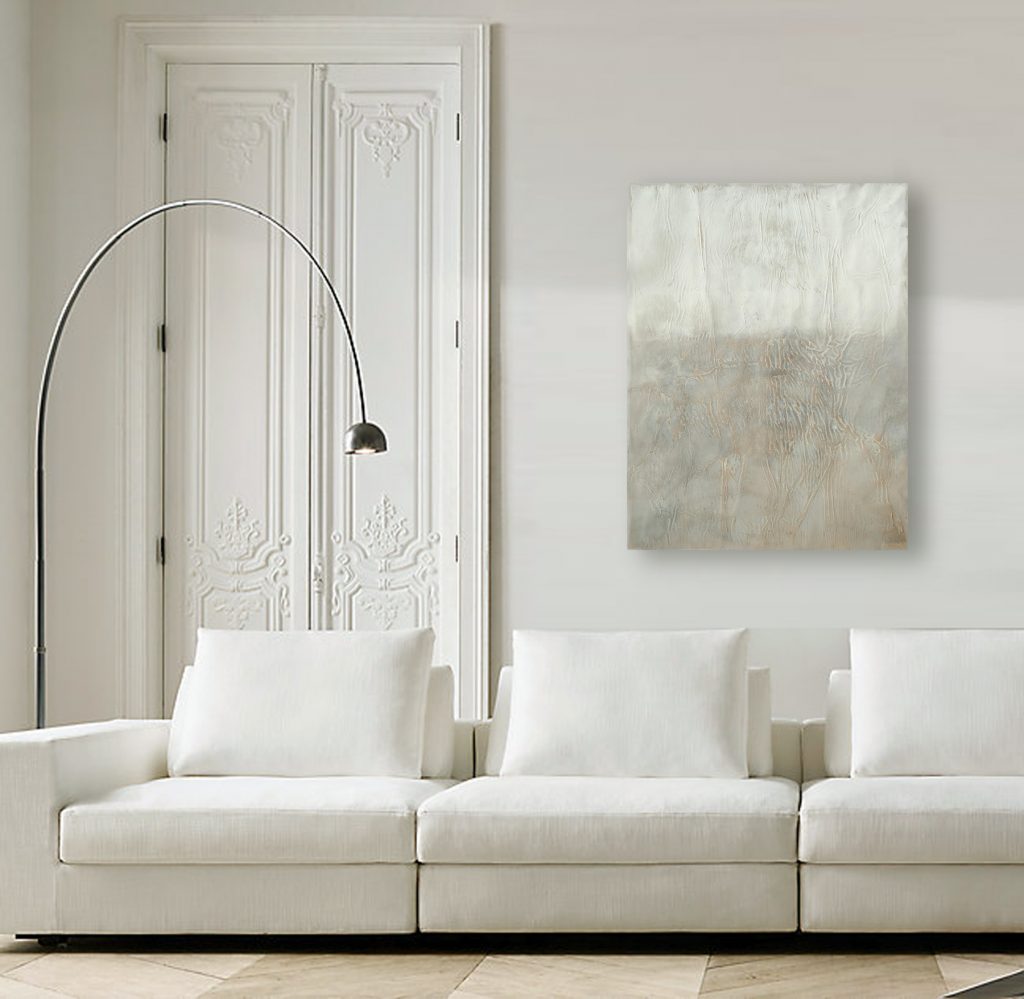

A touch of the tangible world infuses minimalist art with dimension and visual interest, challenging the notion of pure form. This approach utilizes nuanced textures, subtle gradients, and unconventional materials, creating a captivating interplay between simplicity and complexity. By challenging traditional expectations, the juxtaposition of minimalistic principles with abstract elements fosters a dynamic dialogue with the audience. The tactile dimension not only enhances visual appeal but also encourages hands-on exploration, turning the viewing experience into a multi-sensory encounter. In essence, minimalism abstraction transforms the seemingly straightforward into a rich and immersive journey, revealing hidden complexities and layers of meaning.
-


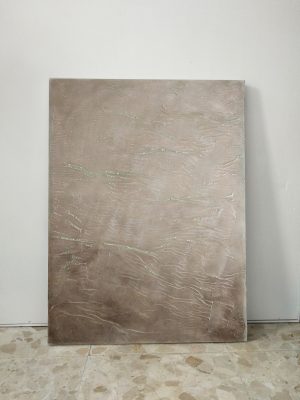 Brown and green1.400,00$
Brown and green1.400,00$ -


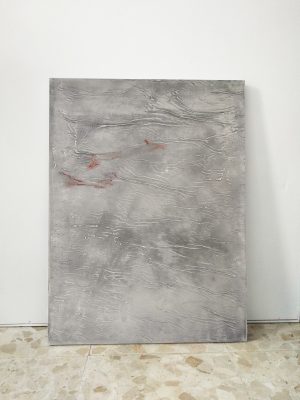 Red and blue1.400,00$
Red and blue1.400,00$ -


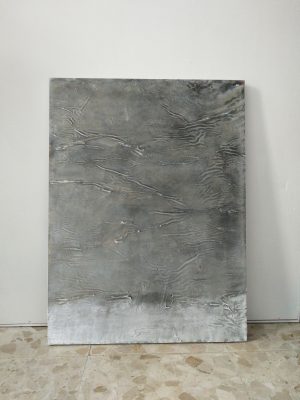 Brown and grey1.400,00$
Brown and grey1.400,00$
Minimalist Figurative Art
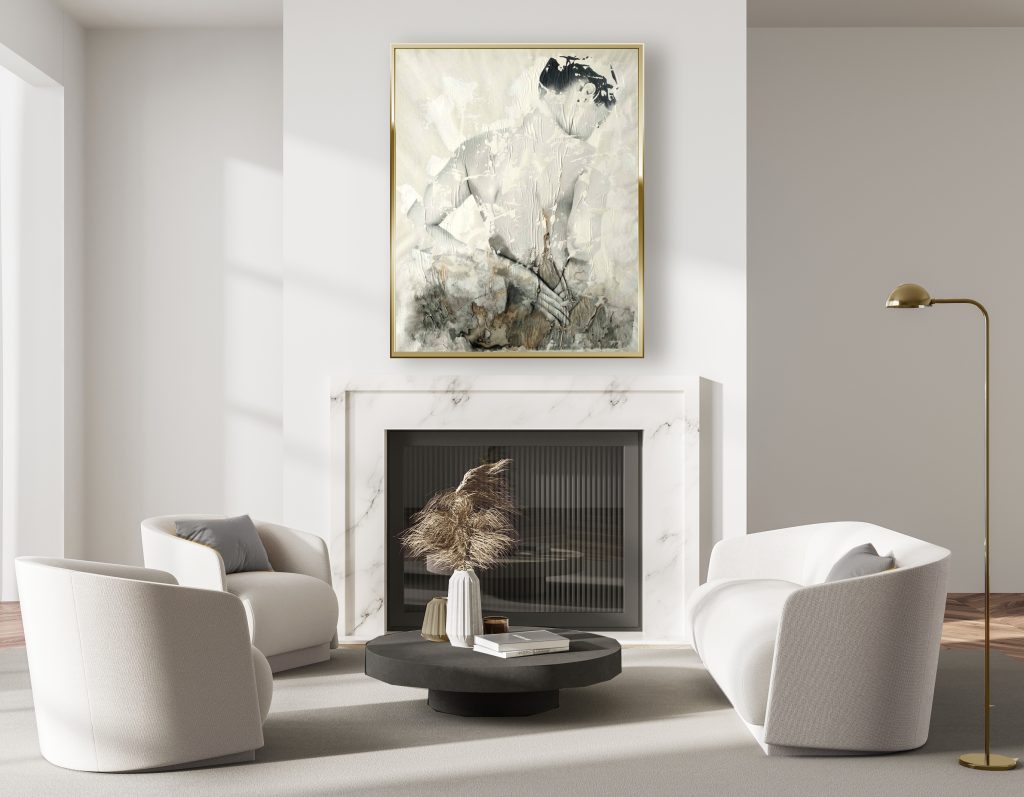

Minimalist figurative art skillfully captures the essence of human forms through simplified lines, geometric shapes, and a muted color palette. By distilling complex anatomical details, artists strike a harmonious balance between representation and abstraction, allowing viewers to engage with the emotional and symbolic facets of the artwork. The deliberate use of geometric shapes serves as a universal visual language, transcending cultural nuances to communicate emotions and narratives in a universally recognizable form. The muted colors contribute to a contemplative atmosphere, emphasizing the narrative power inherent in the simplicity of form. In essence, minimalist figurative art offers a transformative and accessible means of connecting with the timeless aspects of the human experience.
-


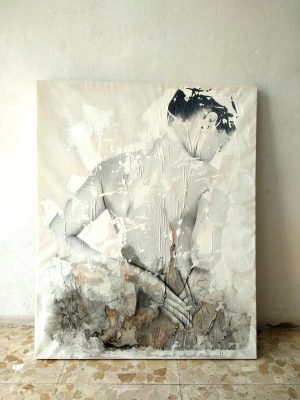 Sin Título V2.500,00$
Sin Título V2.500,00$ -


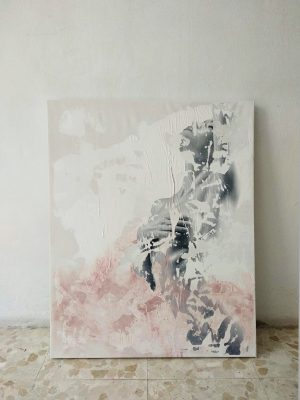 Sin Título II2.500,00$
Sin Título II2.500,00$ -


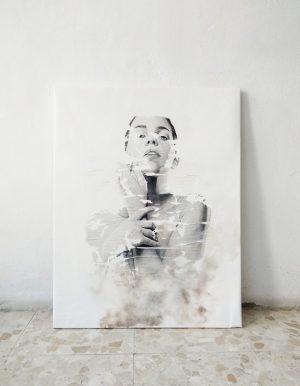 Deconstructed Dulcedo2.000,00$
Deconstructed Dulcedo2.000,00$
Minimalistic Portraits
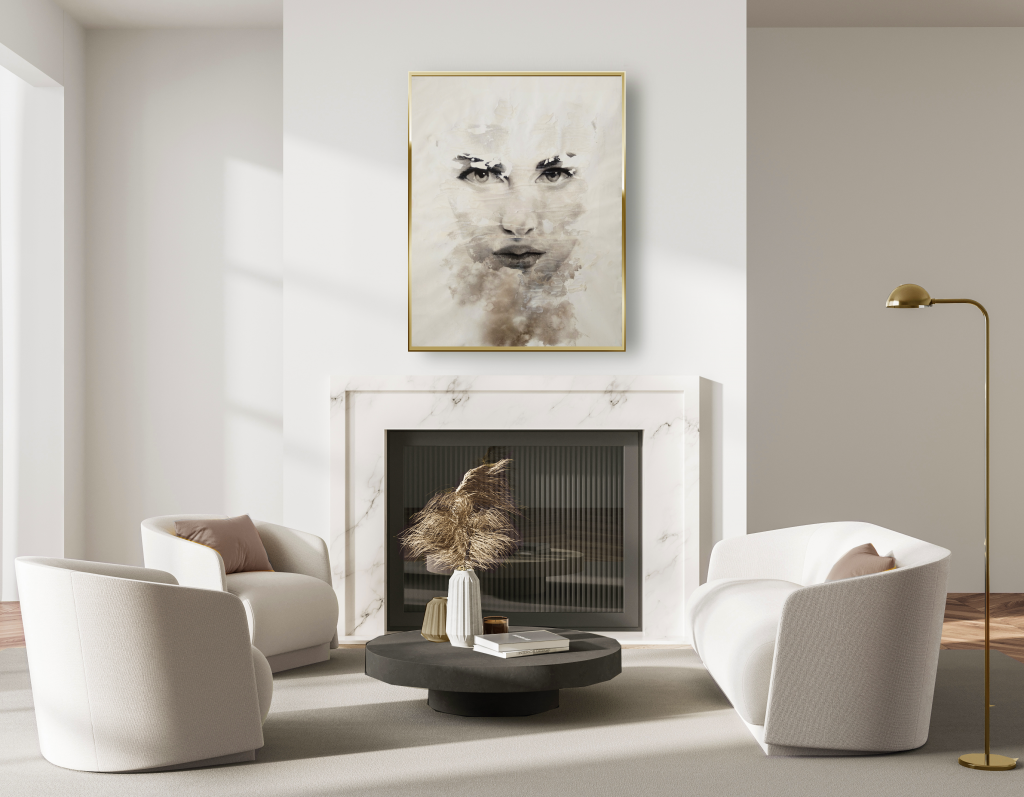

In the realm of art, minimalism has established itself as a movement that celebrates the power of simplicity and restraint. This philosophy extends to the realm of portraiture, where minimalist artists strive to capture the essence of the human subject through a distillation of form and color.
Unlike traditional portraits that often revel in intricate details and realistic representation, minimalist portraits embrace a pared-down approach. They focus on the fundamental elements of the human face, reducing features to clean lines, simple shapes, and limited color palettes. This minimalist aesthetic allows the artist to emphasize the inherent beauty and character of the subject, rather than getting bogged down in superficial details.
-


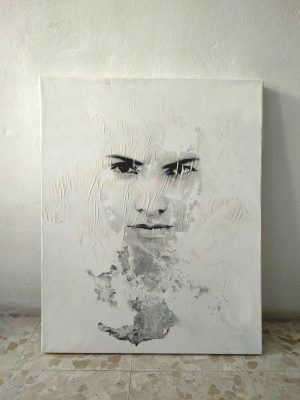 Vultus IV1.800,00$
Vultus IV1.800,00$ -


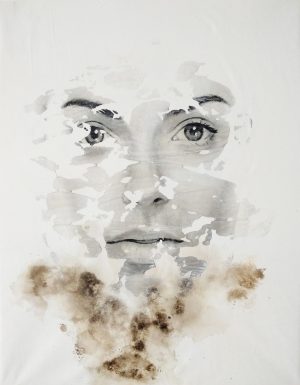 Vultus III1.800,00$
Vultus III1.800,00$ -


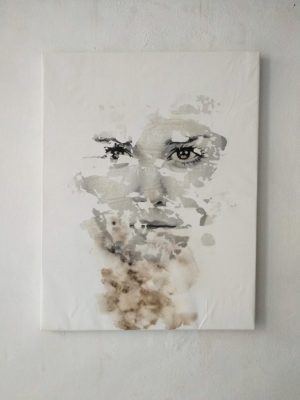 Vultus II1.800,00$
Vultus II1.800,00$
Selecting Minimalist Art for Your Home: Harmonizing with Your Interior
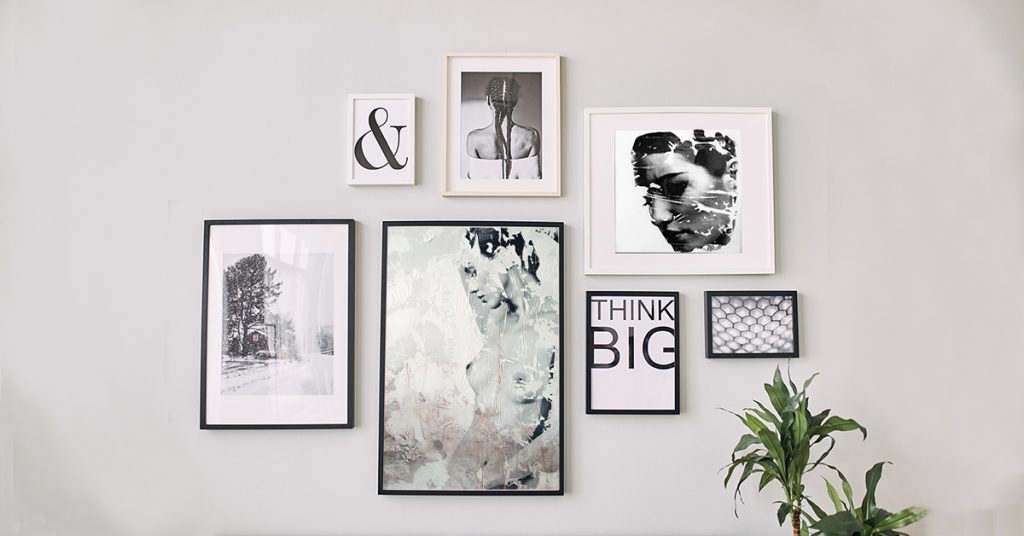

When curating minimalist art for your home, consider how the pieces will complement your existing décor and overall aesthetic:
Consider Personal Style: Align your art choices with your personal preferences and the overall style of your home. If you prefer a Scandinavian or modern aesthetic, minimalist art will seamlessly blend with the clean lines and muted tones of your décor.
Balancing Minimalism with Contrast: Incorporate minimalist art into spaces with varying styles and textures to create a harmonious balance. Contrasting minimalist pieces with bolder or more eclectic elements can add visual interest and depth to your décor.
Creating a Minimalist Home: If you’re embracing a minimalist lifestyle, consider incorporating minimalist principles into your home décor. Use clean lines, neutral colors, and uncluttered spaces to create a serene and calming living environment.
Embracing Minimalism in Everyday Life: A Holistic Approach
Minimalism extends beyond the realm of art and into everyday life, offering a philosophy that can promote simplicity, clarity, and focus:
Minimalist Interior Design: Decluttering your living space, removing unnecessary items, and prioritizing clean lines and natural light can create a more harmonious and relaxing environment.
Minimalist Mindset: Adopting a minimalist mindset involves decluttering your thoughts, eliminating distractions, and focusing on the essentials. It’s about simplifying your life and prioritizing what truly matters.
Minimalist Approach to Accumulation: Avoid impulse purchases and unnecessary acquisitions. Instead, focus on buying quality over quantity and acquiring items that align with your personal values and lifestyle.
Conclusion
Minimalist art, with its emphasis on simplicity, harmony, and understated elegance, resonates deeply with those who seek beauty in the absence of excess. It’s an art form that invites contemplation, invites interpretation, and offers a unique perspective on the world around us. By incorporating minimalist art into our homes and lives, we can create spaces that are both aesthetically pleasing and conducive to reflection and mindfulness. Embrace the power of minimalism, and discover the transformative beauty of simplicity
FAQ
Q: What are the key characteristics of minimalist art?
A: Minimalist art emphasizes simplicity in form, negative space, and limited color palettes. It often features clean lines, geometric shapes, and muted tones to create a sense of balance, depth, and tension.
Q: How can I find minimalist art to purchase?
A: There are many avenues to find minimalist art, including online platforms, galleries, and emerging artist studios. Attending art exhibitions and fairs is also a great way to discover new talent and expand your horizons.
Q: How should I frame and display minimalist art?
A: Choose high-quality frames that complement the artwork’s style and color palette. Consider matted framing to enhance the artwork’s presence and accentuate the negative space. Group pieces by color, style, or theme to create a visually appealing arrangement.
Q: What are some of the benefits of incorporating minimalist art into my home?
A: Minimalist art can bring a sense of calm, serenity, and sophistication to your home. It can also help to create a more spacious and airy feel and can help to focus the viewer’s attention on the essential elements of a room.
Q: What are some of the challenges of collecting minimalist art?
A: Minimalist art can be expensive, and it can be difficult to find pieces that are truly original and well-made. It can also be challenging to create a cohesive and visually appealing collection of minimalist art.
Q: How can I connect with other minimalist art enthusiasts?
A: There are many online forums and communities where you can connect with other minimalist art enthusiasts. You can also attend art events and lectures to meet other collectors and learn more about the minimalist art world.

